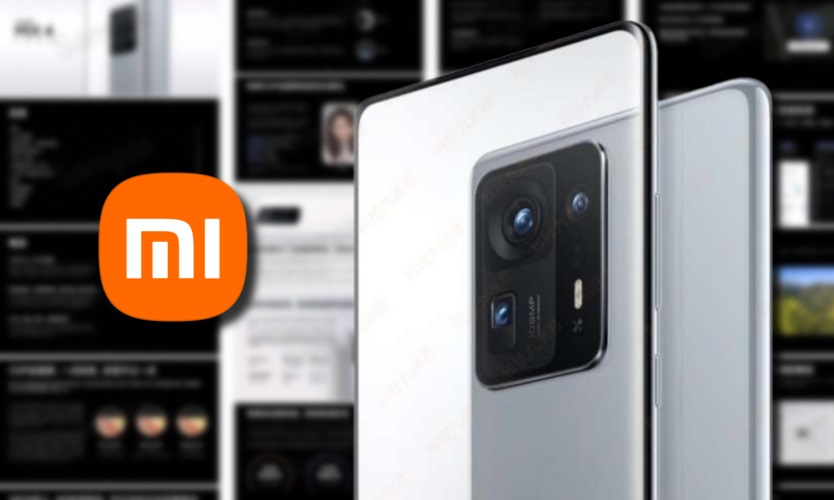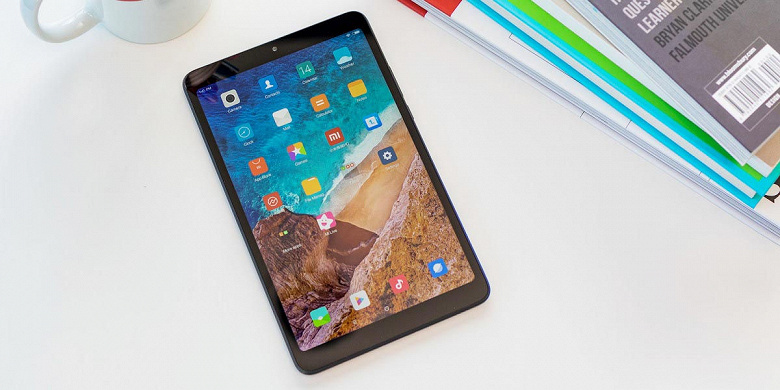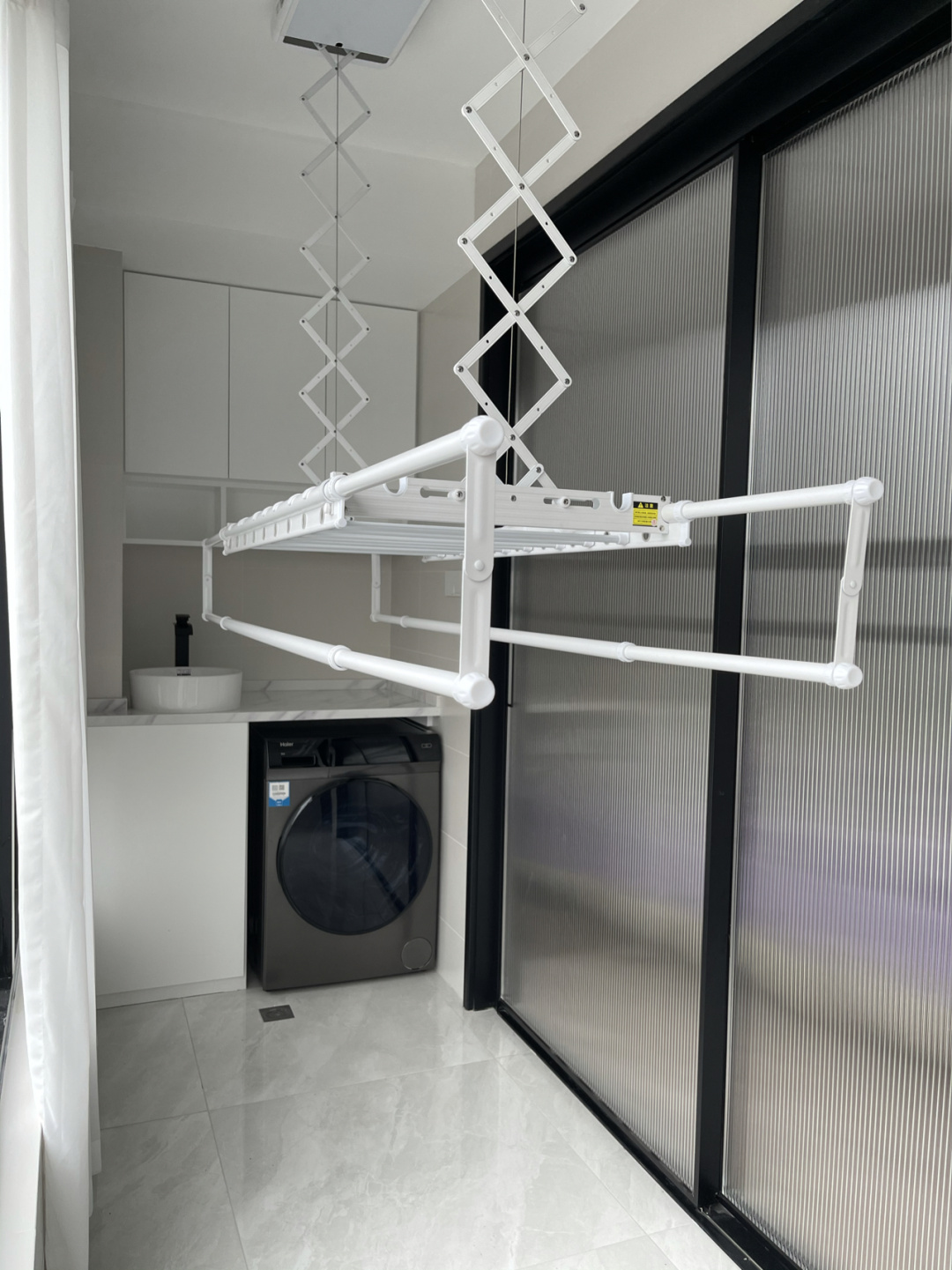After the screen changes from 16:9 to 18:9, and then into notch screens, water drop screens, dot screens, and other forms, mobile phone manufacturers have been looking forward to killing the front camera to make the full screen truly.
Some make the front lens into a mechanical structure, or simply put a screen on the back to try to use the rear camera. Mobile phone manufacturers have done a lot of tricks for full-screen products.
The only way to really solve this problem seems to be the under-screen camera.
In September 2020, ZTE had tested the first mass-produced under-screen camera phone on Axon products and realized the use of a translucent AMOLED screen to hide the lower front camera.
As for the actual effect, it can only be said that image quality is a difficult problem to overcome. At that time, the industry technology was not fully mature.
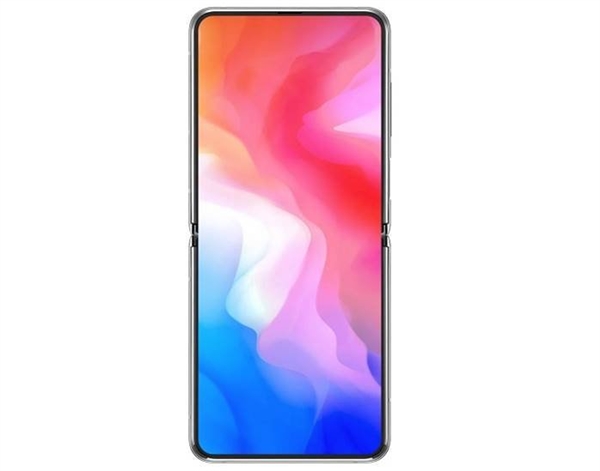
However, recent news on social platforms said that after nearly a year of technical research, under-screen camera technology may be actively introduced to the market in the second half of 2021. A total of five manufacturers will release products equipped with this feature, namely Samsung, Xiaomi, OPPO, VIVO, and ZTE.
As for the specific timing and product model to be announced, it has not yet been determined. According to speculation, Samsung may launch a UPC scheme under-screen camera on the new Galaxy Z Flip 3. It is still unclear about the technical details of the UPC scheme. Samsung only announced the relevant teaser video in January.
In addition, this technology may also be carried on notebooks. As for brands such as Xiaomi, OPPO, and VIVO, they have all announced concept phones equipped with under-screen cameras.
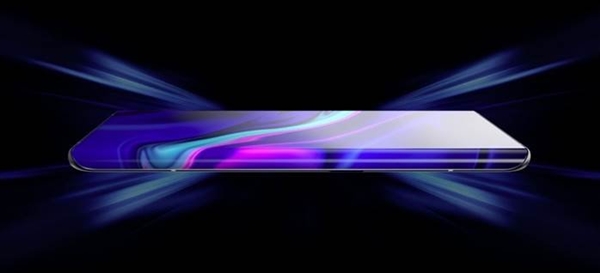
Implementation methods are also divided into different genres. In addition to using translucent screen materials, OPPO and Samsung seem to be more inclined to use AI to optimize the weakness of the front selfie camrea.
And Xiaomi has said that it will make the screen in the front camera area fully transparent to achieve better shooting effects, but it has yet to be experienced.
As for VIVO, it equipped an aperture forward lens on the concept phone and APEX 2020 and improved the quality of selfies by changing the camera structure.

Now, some time has passed since the display of these concept machines, and it is not yet known to what extent manufacturers have upgraded the image quality of the under-screen cameras. But only when relevant product releases are available and pass the test and polishing of the market can this technology be iterated quickly.
Therefore, we are still looking forward to these new under-screen camera phones in the second half of the year.

